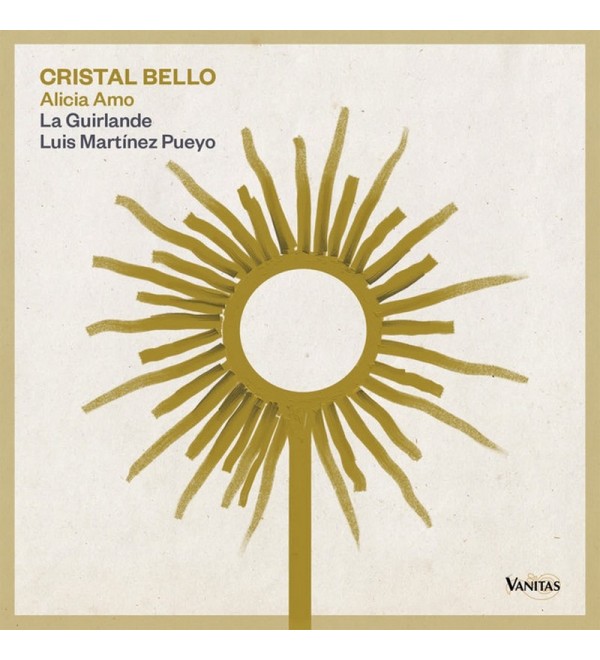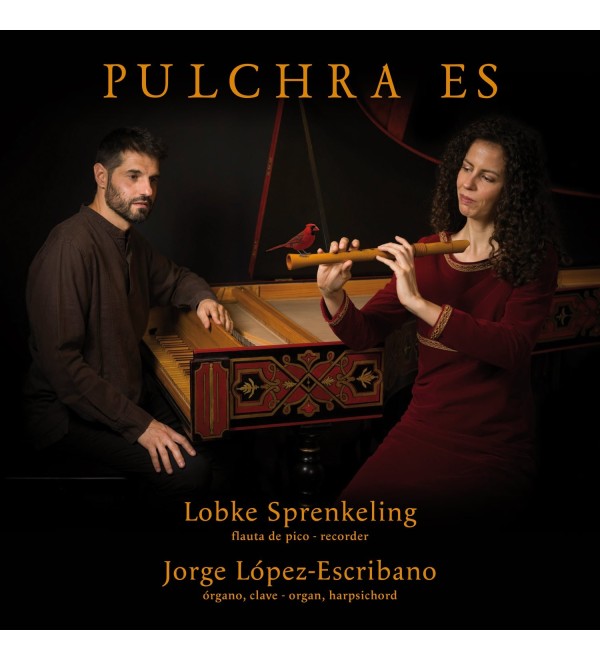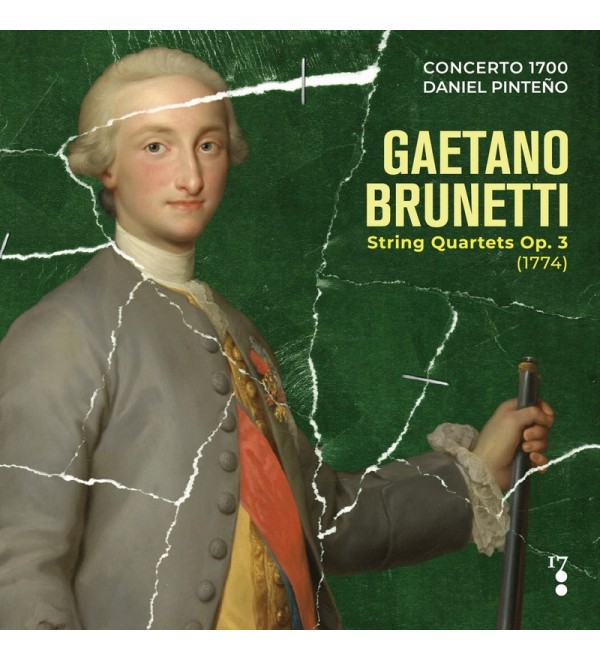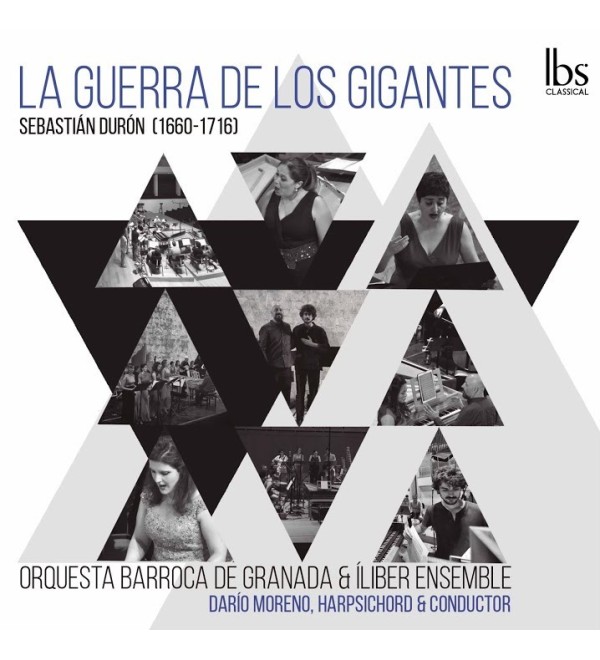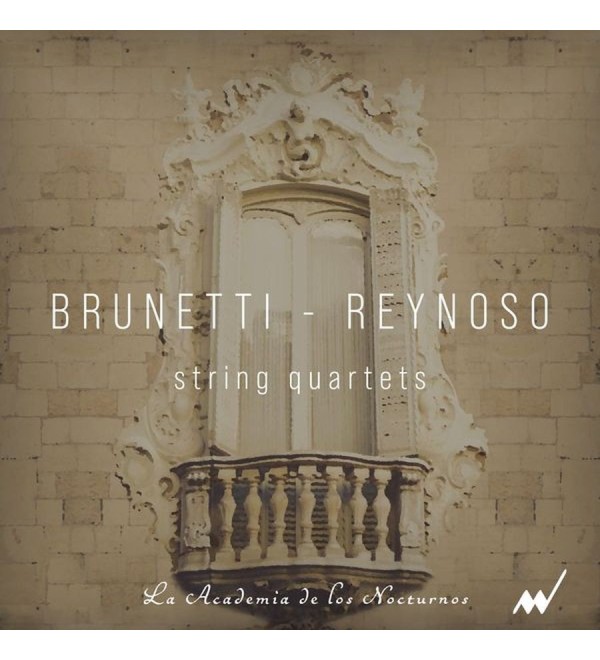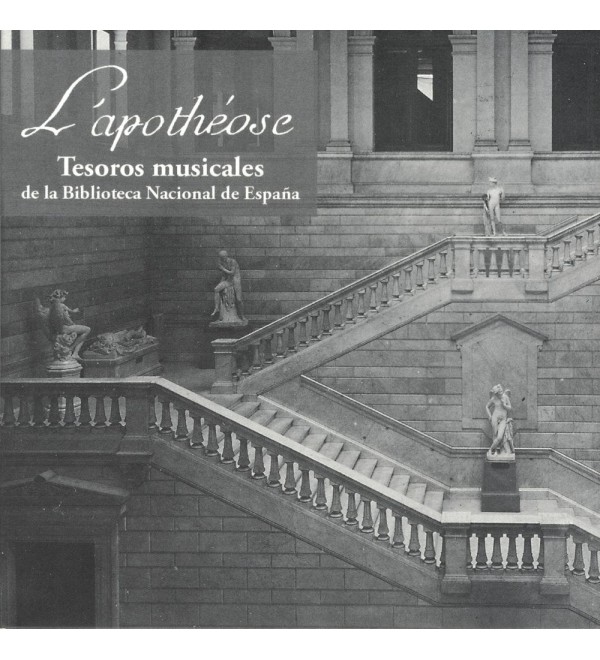Castel | String trios
José Castel (1737-1807) | String trios
Concerto 1700
Daniel Pinteño, violin
Fumiko Morie, violin
Ester Domingo, cello
Booklet in Spanish, English, French & German.
Total timing: 67:09
1700 Classics, 170005 (2022)
 Security Policy
Security Policy
We protect your data and transactions using certified security protocols.
 Delivery Policy
Delivery Policy
Guaranteed delivery with tracking so you always know where your order is.
 Customer Service
Customer Service
We offer personalized assistance and provide musicological advisory services.
Fortunately, the notion of 18th century Spanish music as a wasteland that can offer little of interest to today's listener is being left behind. This dark picture has been painted based on a lack of knowledge, together with some deeply rooted prejudice on the "age of enlightenment" in Spain, which has been deemed by some as inspired by foreign works and lacking personality, and by others as a failed project with no drive. In recent years, performers and scholars alike have been joining forces to show the music of this period in a more positive light.
One of the composers whose work deserves to come out of oblivion is José Castel. Born in Tudela (Navarra) in November 1737, he received a typical Old Regime chapel master training.
Castel was a skilled and versatile composer who cultivated the various musical genres of his time, from church music to theater and symphonic repertoire. His sacred compositions - which include masses, psalms, misereres and lamentations, as well as cantatas and villancicos - are possibly the least studied part of his work, although they were acclaimed in his time, which is shown by the fact that they are widely scattered in various Spanish and American archives.
Following a common practice in chamber music collections printed at the time, Castel wrote five trios in major keys, and only one, Trio IV, in a minor key. We can observe in them great formal and stylistic variety, typical of a composer who was well versed in different music genres. François Lesure, a great specialist in the history of Parisian music printing, dated the volume around 1785, a date which we can, at least approximately, take for granted. The only known copy of the print can be found in the National Library of France.
In short, this first recording of José Castel's trios for two violins and bass shows us a composer of great inventiveness and versatility, from who we can expect pleasant surprises in the future.
[1 - 3] Trio I in B flat major
[4 - 5] Trio II in F major
[6 - 8] Trio III in E flat major
[9 - 12] Trio IV in G minor
[13 - 15] Trio V in A major
[16 - 18] Trio VI in E major



